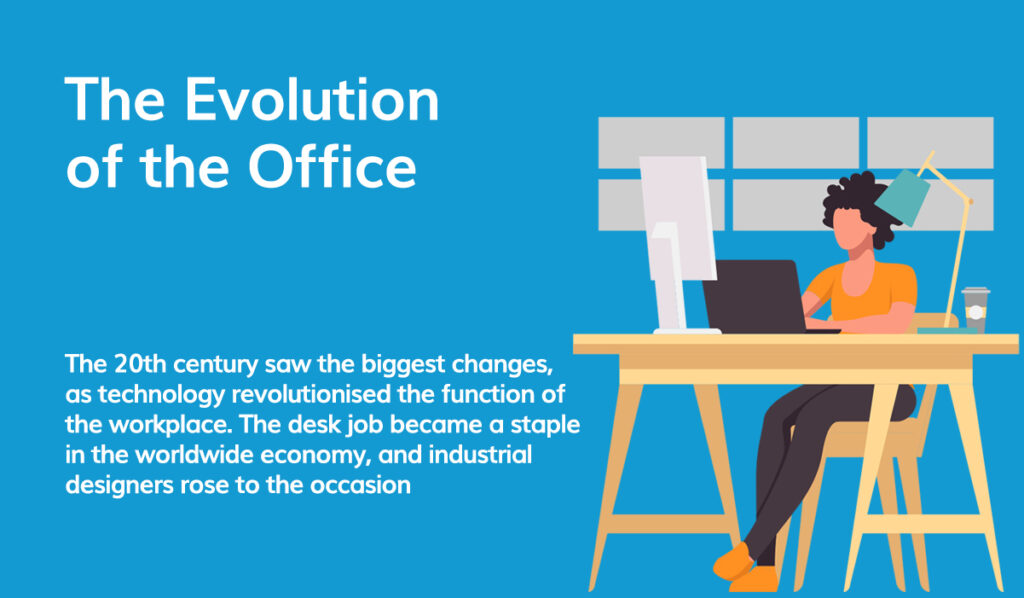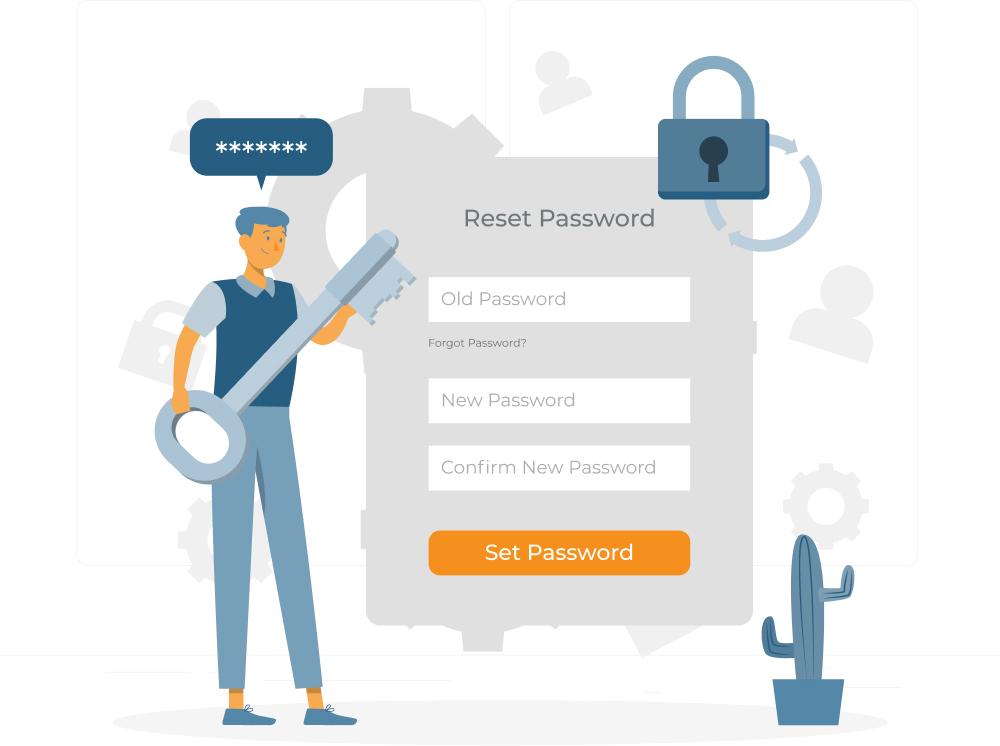The office has recently seen an overhaul with new modes of working which have led us to abandon the office as we know it. This is not the only change the office has undergone. Let’s look at the evolution of the office through the ages.
The origins of the office
Based on the Latin term ‘officium’, which loosely translates to bureau, the origin of the office takes us back to Ancient Rome. Back then, rather than the building or the environment itself, the office was understood to mean the collective of people within that building (for example, ‘the Office of the Prime Minister’). Together with the introduction of the office in Ancient Rome, we saw the introduction of bureaucratic processes and organisation systems that are still used to this very day.
It’s not news to say that the office today is not what it used to be in Ancient Rome. The 1800s saw the office being popularised as a place for conducting business, as the world became more globalised and manufacturing became a fast-moving business. The typical layout saw the employees in large work areas, in open-plan style floors (akin to the factory floor), whereas senior staff had separate rooms and better quality furniture. Technology was limited to typewriters, mimeograph machines and gas lamps. It is in this period that we saw the first mass-produced office chair: the Centripetal Office Chair by Thomas Warren, launched by the American Chair company in 1851.
 The 20th century office
The 20th century office
The 20th century saw the biggest changes, as technology revolutionised the function of the workplace. The desk job became a staple in the worldwide economy, and industrial designers rose to the occasion – designing the modern office chair. In the 1950s, office plans had open-plan layouts, still evoking factory floors, which allowed managers to oversee their employees.
The American engineer Frederick Taylor is thought to be one of the first designers of the modern office space. He was highly influential in developing many mass production processes we know today. He sought to maximise industrial efficiency – but critics noted that he failed to consider the human and social elements of the workplace. The invention of electric lighting, air-conditioning systems and the telegraph system spearheaded and accelerated the development of the office-space.
A socially-democratic office
The Burolandschaft – a German concept that translates to office landscape – introduced in the early 1960s, changed the office to a more socially democratic layout that encouraged human interaction. This was popularised in northern Europe and soon began to spread worldwide. In 1964, IBM introduced a magnetic-card recording device into a Selectric typewriter – thus changing our expectations of the office forever. This was the first digitised way of storing information and introduced the start of computer-based work. Ergonomic research also played a role in the design of many office instruments (a by-product of the war) including the office chair and desk.
Later, a new approach came about and the “action” office, an early form of the cubicle, began to be popularised. This still allowed offices to retain the open plan layout but allowed the employees more privacy while still allowing room for collaboration when necessary. This need for privacy primarily came about due to the influx of female workers into the traditionally male workplace. This saw the office through the 70s, when we began to see the introduction of computers.
Technological advances and Today’s office
Today, Instant messaging platforms like Slack and Microsoft Teams are becoming more and more widely used and we mustn’t forget video conferencing systems like Zoom and Google Teams. With tech giants like Google and Facebook promoting wellness, sustainability, and a community spirit in their offices, they paved the way for many more companies to follow suit in today’s office environment.
One could say that the contemporary office takes its inspiration from our homes – as warmer colours and soft seating begin to take over the modern office. As the well-being and comfort of the staff become the priority, the office has also become a tool to attract top talent and retain employees. Now that many employees can effectively work from anywhere, how will this affect the office? The one thing we know for sure is that the office, like our world, is ever-evolving.
If you want to know more about what the future of the office might look like in Malta, download Keepmeposted’s Report: The Evolution of Employment in Malta.

